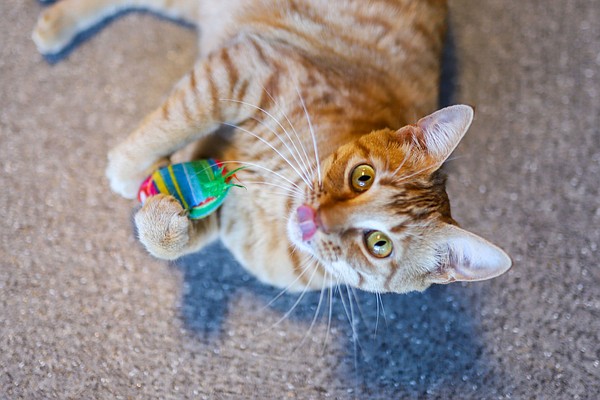Butterflies know they have a home here, said Bahadur Rana, 42, pointing to a set of plants he has been carefully caring for for nearly two years.
Plants are ‘hosts’ for butterflies and Rana is the keeper of a house in Faridabad, whose front yard has been transformed into a ‘butterfly habitat’ as part of the Bombay Natural History Society (BNHS) project to to create such habitats to develop a butterfly corridor in Delhi-RCN. The Faridabad House, a former landfill for a housing company, and two dog shelters are among 67 such habitats that have been created since 2018.
Rana does not know the names of butterflies but likes to observe them. “Keeping the saplings alive has been hard work for a year. They had to be watered regularly, ”he said of the vajradanti plants in the yard. “Then the butterflies started to come around to play around the flowers,” Rana said. His sons, both students, also began to take an interest in plants and butterflies. “Butterflies come out in the morning and sometimes later in the evening. My father likes to watch them, ”said Vishnu, Rana’s eldest son.
Ashraf Patel, whose family owns the house where the habitat is located, says she would eventually like to open the patch for neighborhood children as a local learning space.
Sohail Madan, who heads the BNHS Conservation Education Center at Asola Bhatti Wildlife Sanctuary, said: “In terms of ecological impact, what we are trying to achieve is the local migration of butterflies. . There are forests to the north of Delhi, the Yamuna to the east, Asola Bhatti shrine to the south and the ridge to the west, these are inconspicuous forests unrelated to each other. If we turn forests into islands, butterflies or any other species will be in danger because we need genetic variation. To have this diversity, we need butterflies to cross Delhi and not stay in ecological islands. “
The Mandakini Enclave Park, for example, could help connect the forest in the city of Jahanpanah and the Asola Bhatti shrine, Madan explained. “According to our observations, some butterflies such as common emigrants and pea blues are long-distance migratory butterflies that will use these corridors. When our dataset grows, we can add more species to this list, ”he said.
In the Mandakini enclave of south Delhi, 75-year-old Anil Kapur visits the local butterfly park almost daily, observing, identifying, counting and photographing butterflies. “It used to be a place where garbage and mud were dumped. We cleaned it up and planted saplings in 2019, ”Kapur said. He can recite the names of many butterflies that frolic around plants – the Common Mormon, the Common Jay, the Beaver Butterfly, and the Common Grass Yellow. “We counted around 20 species here,” he said. The residents’ association takes care of the butterfly park. No pesticides or insecticides are sprayed on the plants, Kapur said. There are smaller trees and shrubs in the one acre plot that is home to “host” plants such as milkweed, lantana, castor bean and lemon.
Sambhava Jain, a 23-year-old biotechnology student, helped identify two butterfly habitats with the BNHS team. Both are animal shelters, one in Greater Noida and the other in Noida 125. “Most people think butterflies come out of nowhere. Since the forest patches in Delhi are fragmented by the human population, the butterfly corridor is important, ”Jain said.
 Christ Yoder
Christ Yoder



